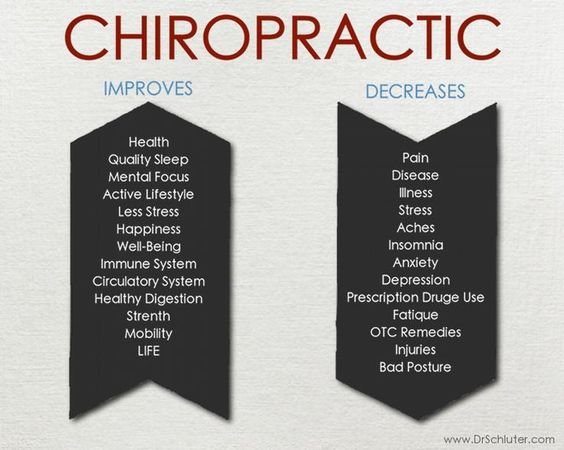Cold Laser Therapy Is Obtaining Significant Popularity, Leading To Inquiries About The Factors Behind Its Performance Suffering Administration
Cold Laser Therapy Is Obtaining Significant Popularity, Leading To Inquiries About The Factors Behind Its Performance Suffering Administration
Blog Article
Personnel Writer-
You have actually probably discovered the increase of cold laser therapy in various clinics and sports facilities. It's coming to be a best choice for athletes and those dealing with persistent pain. This non-invasive therapy uses advantages that typical techniques commonly can not match. But exactly what is driving this trend? Exploring its applications in sporting activities medication and discomfort monitoring might shed light on its expanding allure.
Applications in Sports Medicine
As athletes push their bodies to the limits, they commonly deal with injuries that can sideline them for weeks or perhaps months.
In such situations, cold laser treatment emerges as a powerful device in sports medicine. broken capillaries treatment near me -invasive therapy uses low-level lasers to pass through tissues, advertising recovery and minimizing inflammation.
You'll discover it specifically useful for sprains, strains, and tendonitis, as it speeds up recovery without the demand for drugs. Unlike typical approaches, cold laser therapy permits you to resume training quicker, decreasing downtime.
Numerous sporting activities centers currently use this sophisticated therapy, acknowledging its effectiveness. By incorporating it into your recovery routine, you can improve efficiency and keep your one-upmanship, ensuring you're always prepared for the following obstacle.
Conveniences in Pain Management
Cold laser treatment isn't simply a game-changer for athletes; it additionally supplies considerable advantages suffering monitoring for a selection of conditions.
If you're managing persistent pain, this non-invasive therapy can give relief without the adverse effects typically related to medicines. Cold laser therapy works by boosting your body's all-natural healing processes, decreasing swelling, and promoting cell regrowth.
You might locate it handy for problems like arthritis, tendonitis, or neck and back pain. Several individuals report a decline in pain levels and an enhancement in their general lifestyle.
And also, it's a quick treatment, frequently calling for simply a few sessions to discover outcomes. If you're trying to find an effective discomfort management remedy, cold laser therapy could be worth taking into consideration.
Function in Rehabilitation and Recovery
When recouping from an injury, making use of cold laser therapy can substantially enhance your rehab process. This non-invasive therapy promotes cells repair by boosting cellular activity, which helps your body heal quicker.
You'll observe decreased inflammation, pain alleviation, and boosted mobility, allowing you to restore strength and functionality better.
insomnia psychotherapy stamford raises blood circulation to the affected location, delivering essential nutrients and oxygen that aid in healing. And also, it can help in reducing scar tissue development, guaranteeing a smoother healing trip.
Many physiotherapists are including this treatment right into their treatment strategies, acknowledging its potential to accelerate recuperation. By integrating cold laser treatment into your recovery, you're providing yourself the most effective opportunity to go back to your typical activities quicker and with less discomfort.
Verdict
Cold laser therapy is gaining traction for a reason. It provides a non-invasive option that successfully deals with sports injuries and persistent discomfort, making it a go-to for athletes and day-to-day individuals alike. You'll appreciate exactly how it lowers inflammation and promotes healing without the negative effects of conventional medicines. As more clinics welcome this ingenious approach, you'll locate it enhances healing and boosts wheelchair, truly changing just how we think about pain monitoring and rehabilitation.
